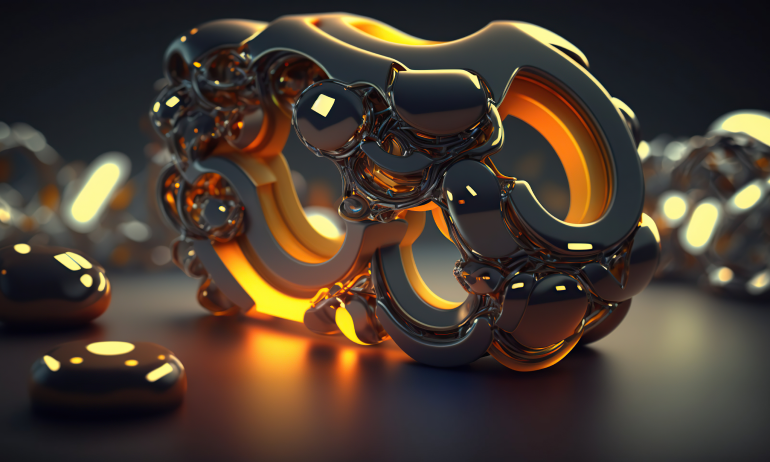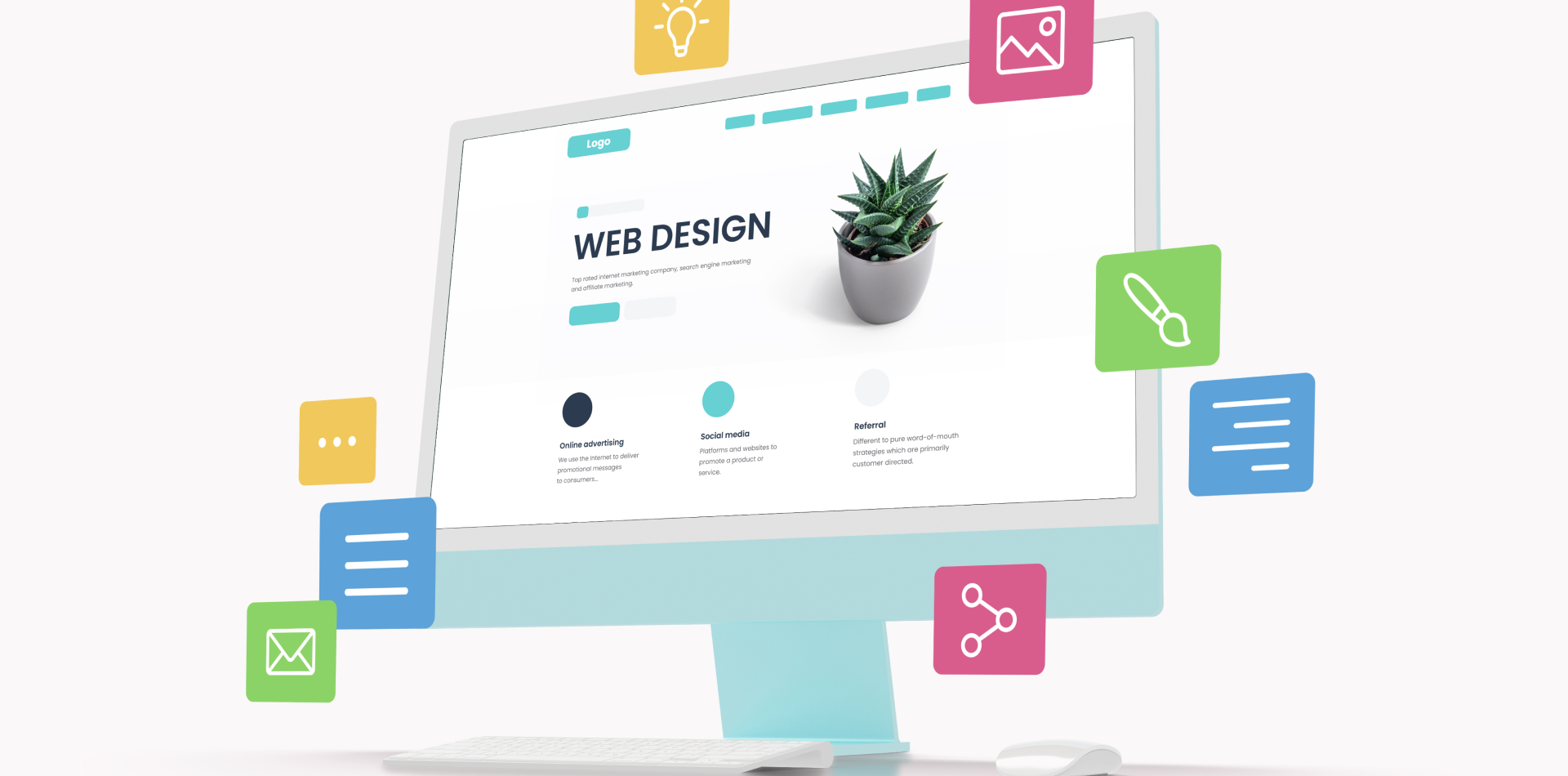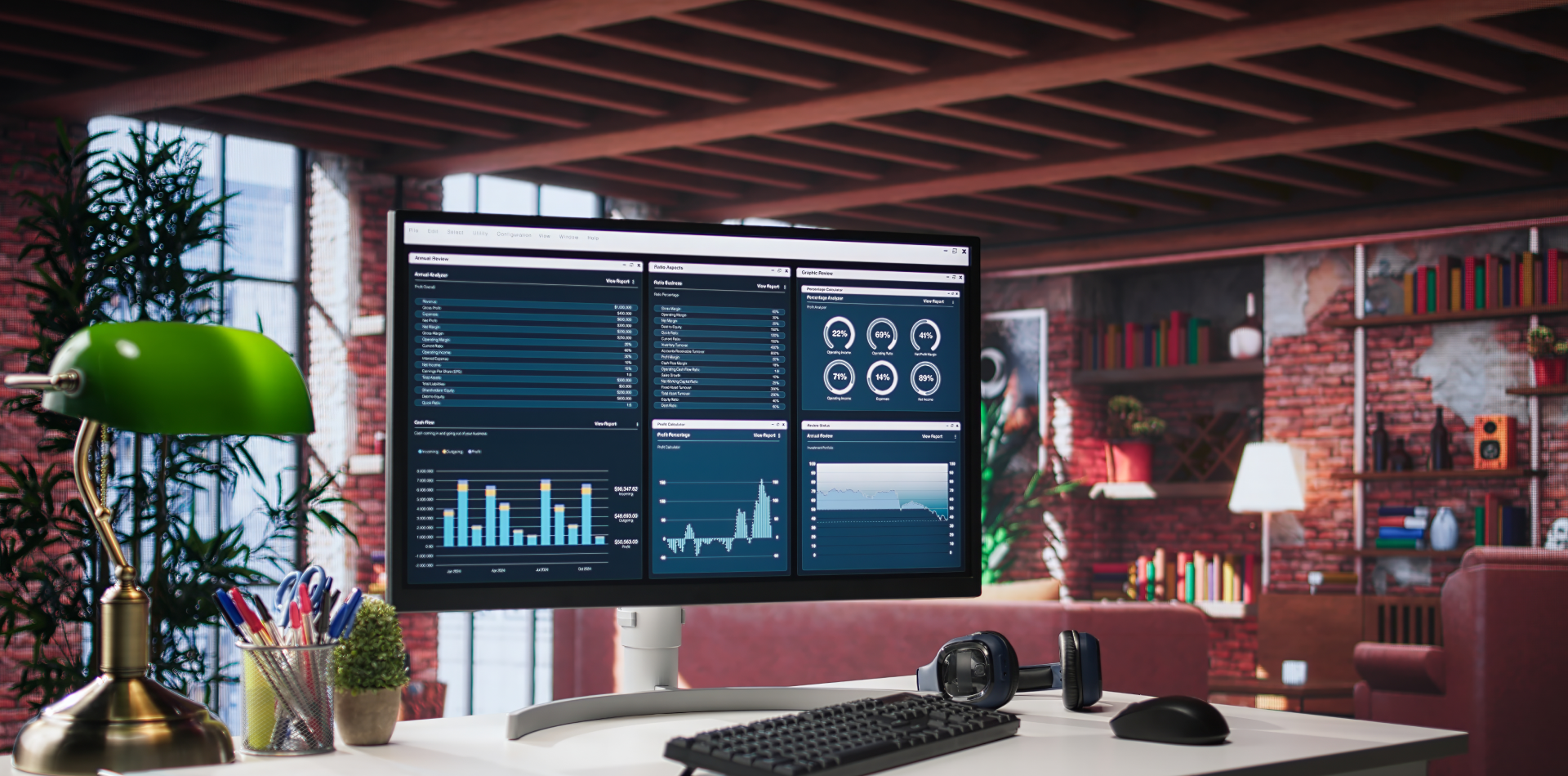Beauty Means Nothing Without Usability
In design, creativity and functionality often feel like opposing forces.
Too much creativity? You risk confusing users. Too much function? You risk boring them. But the best design lives at the intersection—where originality meets clarity, and every pixel serves a purpose.
This is the challenge modern designers face: building something that’s fresh, engaging, and still works flawlessly.
Let’s explore how to strike the perfect balance between art and action.

💡 Why the Balance Matters
A design that’s all flair but no form frustrates. One that’s purely functional, but flat, gets forgotten.
🔹 Creativity draws users in—it makes experiences memorable
🔹 Functionality keeps them engaged—it makes experiences usable
🔹 Balance drives business goals through delight and clarity
🔹 Design harmony builds trust and strengthens brand identity
When done right, users don’t see the balance—they feel it.
🧠 1. Start With the User’s Goal, Then Add Art
Before you add gradients, think: what is the user trying to do?
🔸 Map user journeys before opening your design tool
🔸 Highlight essential actions and outcomes
🔸 Then layer creativity on top—animation, color, typography
🔸 Ensure every visual element supports the user’s objective
Functionality creates purpose. Creativity creates the experience.
📐 2. Use Constraints to Drive Creative Solutions
Limitations can spark innovation—not stifle it.
🔹 Work within a defined grid or layout system
🔹 Use a brand’s design system to inspire new interpretations
🔹 Let content size, platform, or accessibility rules guide your ideas
🔹 Think: “How can I express creativity within these boundaries?”
Design is problem-solving. Constraints sharpen your vision.
🎨 3. Let Visual Expression Serve Information
Creativity should guide—not distract.
🔸 Use bold colors to draw attention, not just impress
🔸 Let whitespace direct the eye, not create empty space
🔸 Apply motion only when it adds clarity or emotion
🔸 Ensure visual flair doesn’t slow down performance or flow
Users love originality—but only when it helps them move forward.
🧩 4. Test Early to Find the Balance Point
The perfect balance isn’t hypothetical—it’s proven in real feedback.
🔹 A/B test bold vs minimalist versions
🔹 Track interaction heatmaps and scroll behavior
🔹 Watch users navigate and narrate their journey
🔹 Prioritize real-world data over subjective opinions
What feels creative to you might feel confusing to them—test and trust the results.
✨ Real-World Example: Creative Design That Converts
A fashion brand redesigned its homepage with full-screen video, interactive hotspots, and bold typography.
But bounce rates spiked.
Here’s how they rebalanced:
✅ Reduced motion to improve load time
✅ Simplified nav with clear CTAs
✅ Kept the visuals, but grounded them in user flow
✅ Streamlined product discovery with creative filters
📈 Result: Session time increased by 45%, and conversions rebounded.
Creative didn’t get cut—it got focused.
⚠️ What to Avoid When Balancing Design
Even well-meaning designs lose balance when they:
❌ Choose style over clarity
❌ Ignore user feedback
❌ Prioritize trends over utility
❌ Add “cool” features that don’t solve problems
❌ Forget accessibility or cross-device consistency
Design isn’t just what you add—it’s what you protect.
🧾 Final Takeaway: Inspire, But Never Confuse
Balancing creativity and functionality is a designer’s most valuable skill. It’s what separates eye candy from meaningful digital experiences.
Use bold ideas—but keep the user at the center. Experiment—but validate. Surprise—but support.
Because the most powerful design doesn’t just look amazing. It works beautifully too.
💬 How Do You Balance Creativity in Your Work?
Have you ever pushed a creative idea that worked—or flopped? What’s your process for keeping designs useful and unique? Share your experience in the comments 👇




6 Comments
Noah Blake
23 May 2025I’ve always believed that design harmony = emotional trust. This article nails it. What’s one visual technique that always elevates usability without stealing attention?
Priya Dev
23 May 2025So well said—design is what you protect. I’m curious, do you find it easier to achieve balance on web platforms vs mobile?
Ethan Rhodes
23 May 2025Great reminder that motion should serve meaning. I’d love your thoughts on how far is too far with animation on key interactions?
Sofia Nadeem
23 May 2025The “Test Early” section really resonated. I’ve learned the hard way that visual delight can’t replace functional flow. Do you have a favorite metric for measuring clarity in design?
Liam Ford
23 May 2025Solid advice here. Constraints are where some of my best ideas came from. How do you balance creative risk when working within strict brand guidelines?
Jasmine Wu
23 May 2025This post reminded me why minimalism isn’t always about less—it’s about meaning. Do you recommend testing flashy vs simple layouts as part of every design sprint?